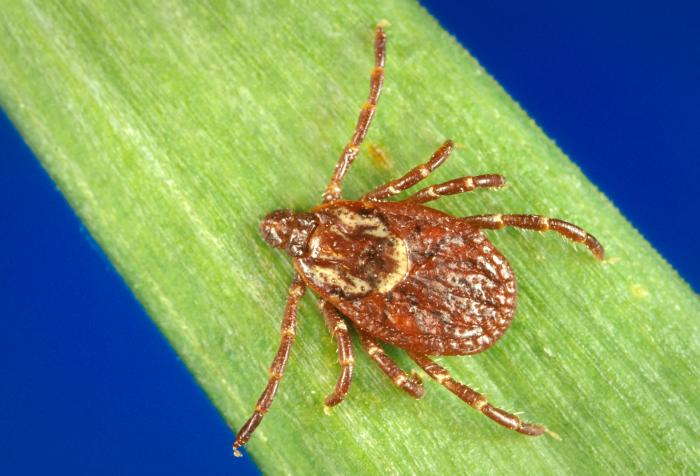San Mateo County: Lyme Disease Surveillance
Entomology Report October 2005, San Mateo County Mosquito Abatement District
Surveillance for the western black-legged ticks (Ixodes pacificus) will commence in November. This tick is a vector of the Lyme disease spirochete, Borrelia burgdorferi. Adults of this species feed on large mammals such as deer, humans, horses and dogs. They are the primary tick found along recreational trails from November through May. Surveys in past years have detected Lyme disease spirochetes in 2% of adult and nymphal ticks in San Mateo County. The prevalence of infection has not differed significantly between years, sites or life history stage of ticks.
Laboratory staff will test ticks submitted by residents free of charge and provide information on Lyme disease and ways to minimize exposure to it.
This year, the district hopes to expand the surveillance program to include more parks, and estimate relative public health risk at different recreational sites based on degree of public use, tick density, and prevalence of infection in ticks.
Protect Yourself
People who frequent high risk areas can protect themselves from ticks by tucking their pants into their socks and thoroughly checking skin, hair, clothing and pets for ticks before returning home. Light colored clothing helps make ticks more visible so that they can be removed before attaching. Permethrin can be applied to the outside of your clothes to repel ticks. Products labeled for use on clothing can be obtained at stores that sell recreational equipment. Always read and follow the directions on the label of any pesticide before using it. Permethrin should never applied directly to bare skin.
Removal of ticks: With tweezers, firmly grasp the tick as close to the skin as possible and pull tick straight up and out.
Symptoms of Lyme Disease: Fatigue, chills, fever, headache, muscle and joint aches, swollen lymph nodes, and other neurological symptoms. This disease is caused by a bacteria and therefore can be treated with antibiotics.
Previous related entries:
San Mateo County: Lyme Disease Surveillance, January 2005


